A.F. Vandevorst Spring—summer 1999.

A.F. Vandevorst spring—summer 1999.
For A.F. Vandevorst a garment that has been worn, has more ‘spirit’, more ‘soul’. An opinion they assimilated in their Spring-Summer 1999 collection by proposing clothes that look as if they have been slept in. The show took place in an old dormitory, and the clothes were presented by models sleeping in iron hospital beds. Lauded by the international press and fashion world, the duo received the Venus de la Mode award for most promising designer.
Hirofumi Kurino: Having seen a fashion show too many, I sometimes feel exhausted. It all seems a big waste to me then. I presume others must have the same feeling but still, they always seem ready for another show. I am fed up with this craze, this talk about fashion, the irresponsibility of journalists just chasing news. This ‘fashion for fashion’s sake’ is quite meaningless.
But there are moments of magic. Many people will agree with me when I mention the three A.F. Vandevorst shows, in 1998 and 1999. Knowing these were their first presentations, we were more than amazed; I felt healed, saved, rescued.
More Posts from Raskopal and Others


Emili Godes (1895-1970), Papallona, c. 1930

Welcome. As I am figuring how to go about freelance writing, I want to partially support myself with Patreon. What you will get from me are weekly essays on Black pop culture/Black female sexuality/Black radicalism, long form essays on any of the aforementioned subjects and the occasional poem. I want to use Patreon as a platform to launch my writing and eventually photography and ink drawing.



Nostalghia (Andrei Tarkovsky, 1983)
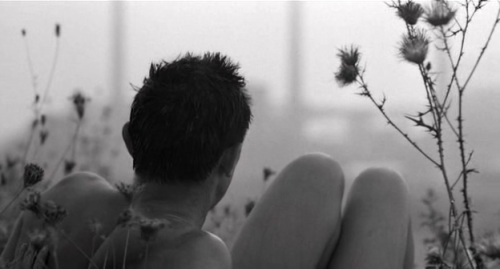
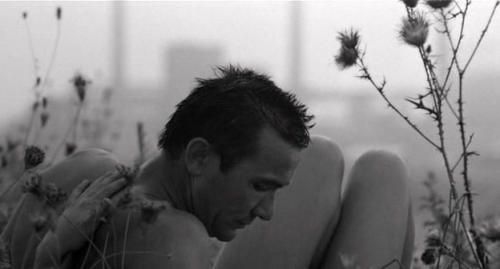
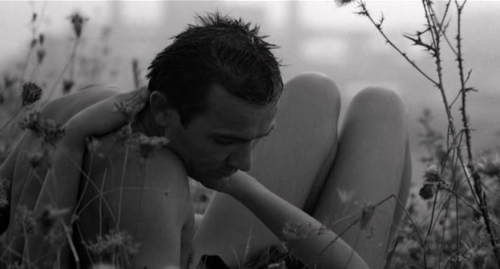
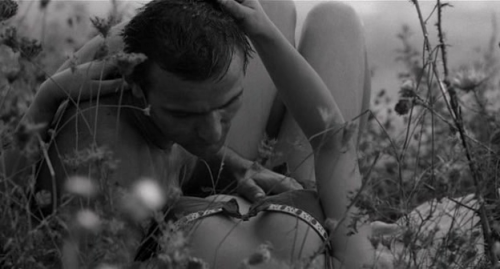
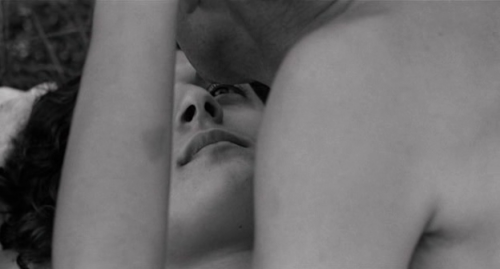

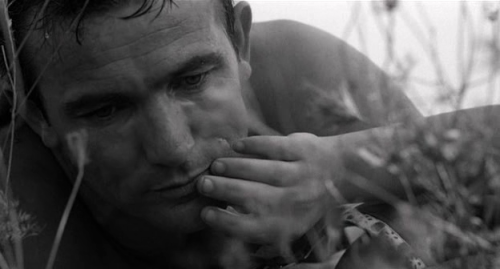
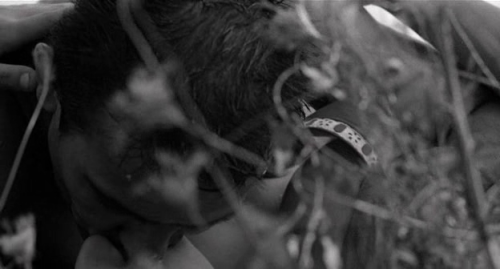
I fidanzati (Ermanno Olmi, 1963)

The Black Panther’s Free Breakfast for Children Program is probably their best-known initiative, the press finding an intriguing story juxtaposing the Panther’s tough-guy-in-leather-jacket image with the act of serving small children plates of hot food. Importantly, it was mostly women who led these survival programmes, and women made up a majority of the Panther membership. They served in leadership roles from ‘Officer of the Day’ (essentially the office – and people – manager for each branch), to organising the many details of a location’s breakfast programme to initiating and leading food justice, healthcare and housing programmes within neighbourhoods.
So why does the image of the Panthers as a masculinist and violent organisation persist? The answer lies in part with media distortion, influenced both by the sexism and racism that misrepresented the Panthers. There was also a misinformation campaign by the FBI, led by J Edgar Hoover, waged against the increasingly popular Panthers, which had an enduring impact on how people saw them.


zoleikha with her handmaidens after her second dream of yousef / yousef and zoleikha united after potiphar's death, 16th c., iran

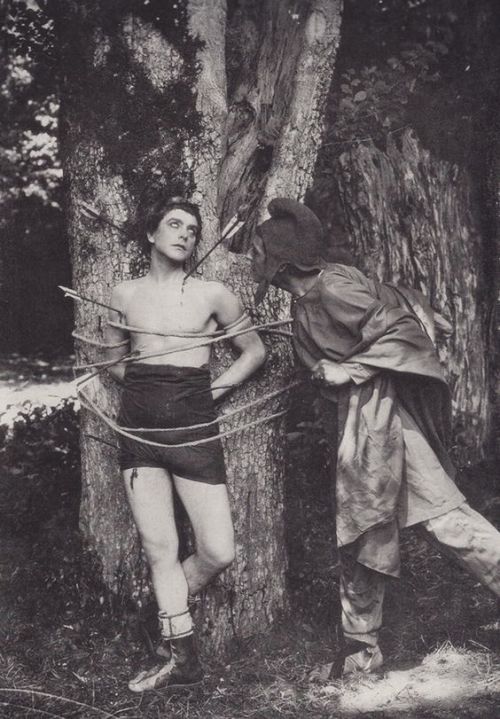
Enrico Guazzoni The Martyrdom of St. Sebastian (Livio Pavanelli)
Film still from “Fabiola”, 1918



Audre Lorde, (1976), Between Ourselves, in The Black Unicorn, W. W. Norton & Company, New York, NY, 1978, pp. 112-114
-
 fromthebed liked this · 1 week ago
fromthebed liked this · 1 week ago -
 emotionalsqualor liked this · 2 weeks ago
emotionalsqualor liked this · 2 weeks ago -
 psyoppppp liked this · 3 weeks ago
psyoppppp liked this · 3 weeks ago -
 intersection-2 liked this · 1 month ago
intersection-2 liked this · 1 month ago -
 executionwindow liked this · 2 months ago
executionwindow liked this · 2 months ago -
 bottomdirtyfeet liked this · 2 months ago
bottomdirtyfeet liked this · 2 months ago -
 vampilllia liked this · 2 months ago
vampilllia liked this · 2 months ago -
 gumy reblogged this · 2 months ago
gumy reblogged this · 2 months ago -
 completelysoulless reblogged this · 2 months ago
completelysoulless reblogged this · 2 months ago -
 maywillows liked this · 2 months ago
maywillows liked this · 2 months ago -
 solaropsis liked this · 2 months ago
solaropsis liked this · 2 months ago -
 pisswater-deadgirl liked this · 3 months ago
pisswater-deadgirl liked this · 3 months ago -
 blackeburg reblogged this · 3 months ago
blackeburg reblogged this · 3 months ago -
 namedvesta liked this · 3 months ago
namedvesta liked this · 3 months ago -
 perlenartig liked this · 3 months ago
perlenartig liked this · 3 months ago -
 zorja liked this · 3 months ago
zorja liked this · 3 months ago -
 horrificallydelicious110 reblogged this · 3 months ago
horrificallydelicious110 reblogged this · 3 months ago -
 horrificallydelicious110 liked this · 3 months ago
horrificallydelicious110 liked this · 3 months ago -
 jer0mih liked this · 3 months ago
jer0mih liked this · 3 months ago -
 justyourtypicalgirl-here reblogged this · 3 months ago
justyourtypicalgirl-here reblogged this · 3 months ago -
 al-lmed reblogged this · 3 months ago
al-lmed reblogged this · 3 months ago -
 arealyearner liked this · 3 months ago
arealyearner liked this · 3 months ago -
 vague-sentiments reblogged this · 3 months ago
vague-sentiments reblogged this · 3 months ago -
 cchaosagent reblogged this · 3 months ago
cchaosagent reblogged this · 3 months ago -
 eccentricangel reblogged this · 3 months ago
eccentricangel reblogged this · 3 months ago -
 eccentricangel liked this · 3 months ago
eccentricangel liked this · 3 months ago -
 xjai-deux-amoursx liked this · 3 months ago
xjai-deux-amoursx liked this · 3 months ago -
 fournoone liked this · 3 months ago
fournoone liked this · 3 months ago -
 funeral-de-lacrimae liked this · 3 months ago
funeral-de-lacrimae liked this · 3 months ago -
 hobbsfriends reblogged this · 3 months ago
hobbsfriends reblogged this · 3 months ago -
 shamikun reblogged this · 3 months ago
shamikun reblogged this · 3 months ago -
 50-shades-0f-fuckedup liked this · 3 months ago
50-shades-0f-fuckedup liked this · 3 months ago -
 galerymod liked this · 3 months ago
galerymod liked this · 3 months ago -
 hasta-ahora-todo-bien reblogged this · 3 months ago
hasta-ahora-todo-bien reblogged this · 3 months ago -
 jamieannmason liked this · 3 months ago
jamieannmason liked this · 3 months ago -
 secretcowboycheesecake liked this · 3 months ago
secretcowboycheesecake liked this · 3 months ago -
 minanightshade reblogged this · 3 months ago
minanightshade reblogged this · 3 months ago -
 myeeah liked this · 3 months ago
myeeah liked this · 3 months ago -
 pssssre reblogged this · 3 months ago
pssssre reblogged this · 3 months ago -
 pssssre liked this · 3 months ago
pssssre liked this · 3 months ago -
 leavinmethere liked this · 3 months ago
leavinmethere liked this · 3 months ago -
 al-lmed liked this · 3 months ago
al-lmed liked this · 3 months ago -
 aspromauri-alepou reblogged this · 3 months ago
aspromauri-alepou reblogged this · 3 months ago -
 pxlmeritas liked this · 3 months ago
pxlmeritas liked this · 3 months ago -
 boniesblue liked this · 3 months ago
boniesblue liked this · 3 months ago -
 itsmooniie liked this · 3 months ago
itsmooniie liked this · 3 months ago

